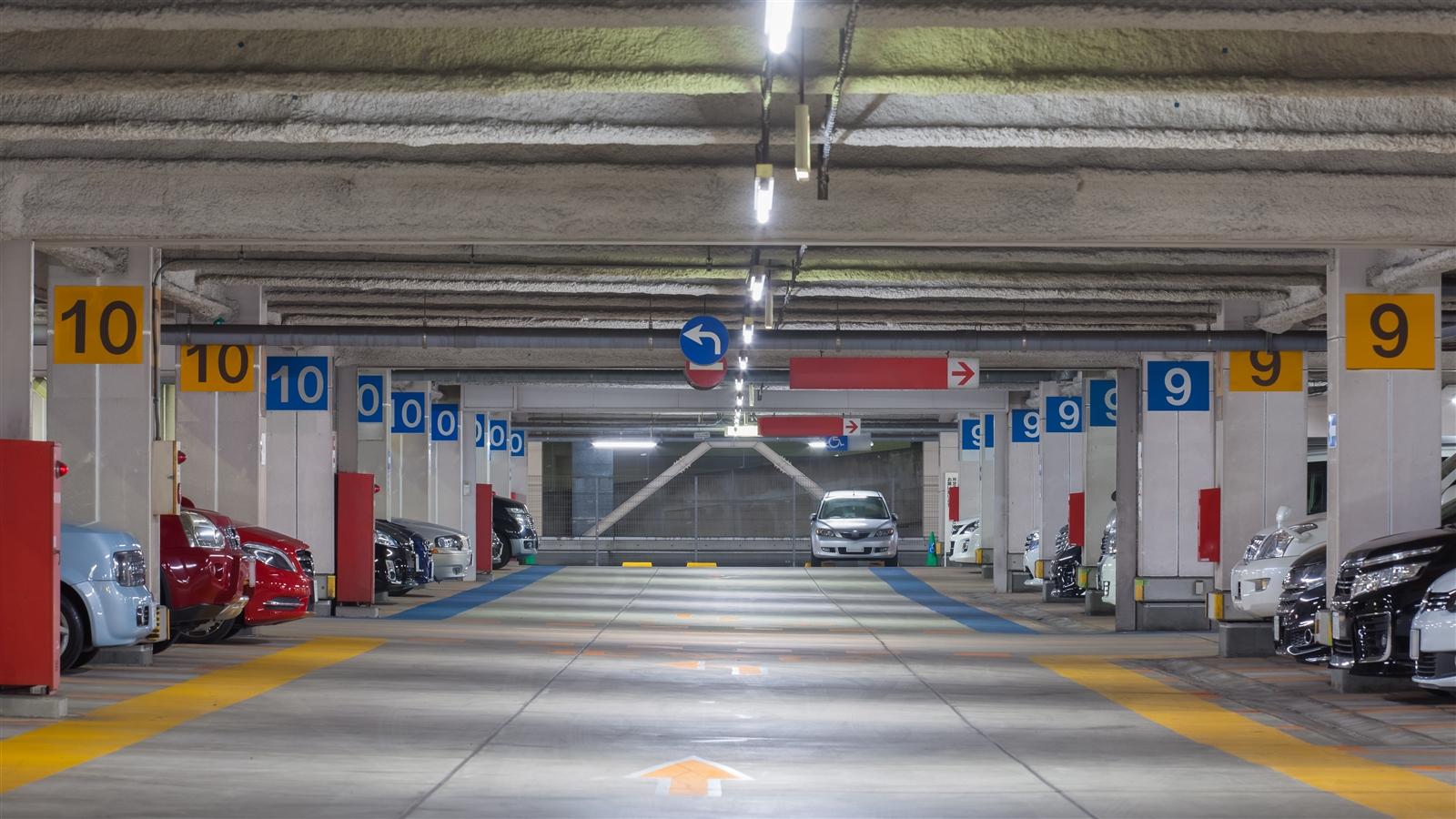Play it safe with Technical and Environmental Due Diligence of Real Estate
Due diligence - what is it actually?
Due diligence, in short DD, is a comprehensive risk assessment in the context of a targeted transaction such as the purchase of a company, a property or a real estate. In other words, due diligence is a careful appraisal and evaluation of the target and the possible risks associated with its transaction. The DD can consist of individual assessments depending on the requirements of the buyer or seller. This can for instance refer to financial, legal or tax DD, social responsibility DD, occupational health and safety DD or technical and environmental DD (TEDD).
Within the framework of TEDD, CDM Smith also considers a frequently neglected risk due to settlement cracks in underground garages or underground floors. The TEDD also assesses possible environmental risks such as pollutants in the building fabric or in the soil of a property. In this case, the focus is on the environmental quality of the property and, if necessary, the endangerment of protected goods such as human health or groundwater. All parts of TEDD have in common the assessment of financial risks.
Why and for whom is Technical and Environmental Due Diligence relevant?
TEDD is advantageous for both potential buyers and sellers because it serves to obtain information, which in turn can be essential within the decision-making process for the purchase or the divestiture of an asset. If, for example, TEDD is disregarded when purchasing a real estate, undiscovered environmental or structural damage or a maintenance backlog that is not comprehensively described can conceal its de facto lower value.
What should be particularly taken into account in this segment?
The focus is on the effective handling of TEDD. Transactions are often under enormous time pressure. It is consequently particularly important to work with clients in order to develop and implement a timetable that meets their requirements. We know how important teamwork is between the parties involved in a transaction (real estate advisors, lawyers, accountants, etc.) and therefore coordinate with everyone from the outset. In addition, through our holistic approach, we also offer services outside the classical TEDD spectrum and evaluate topics that are important for the overall consideration of the real estate. These include, amongst others, geotechnical or static questions in the case of dismantling, conversion or new construction measures (keyword: third party usability) or infrastructure planning, for instance in the case of a new development or redevelopment.
You raised the issue of underground car parks. Where are the hidden risks here?
When someone purchases an underground car park today, he often faces the problem that existing objects are not geared to current vehicle sizes, as many underground car parks originated in the 1960s or 1970s. Moreover, during this period, components with low concrete density were also often used, threatening corrosion. In the worst case, it turns out that the structure is no longer load-bearing and that a subsequent stabilising coating is required. Another weak point is water damage, which can be caused, for example, by defective bituminous cardboard seals on the outer walls. The external renewal of an underground car park is usually complicated, since there is a dense neighbourhood in inner cities. New concepts for waterproofing from the inside do exist, but in individual cases it must be evaluated which method is practicable as well as economical.
Finally, a completely new, tailor-made utilization concept for the underground car park must be developed together with the owner in order to avoid horrendous conversion costs. Preventive due diligence advice before buying a property prevents unpleasant surprises. Our experts at CDM Smith are able to detect the first signs of hidden defects - even without costly and time-consuming investigations or drilling.

Any difficult situation you master now will be spared you in the future. - Dalai Lama







